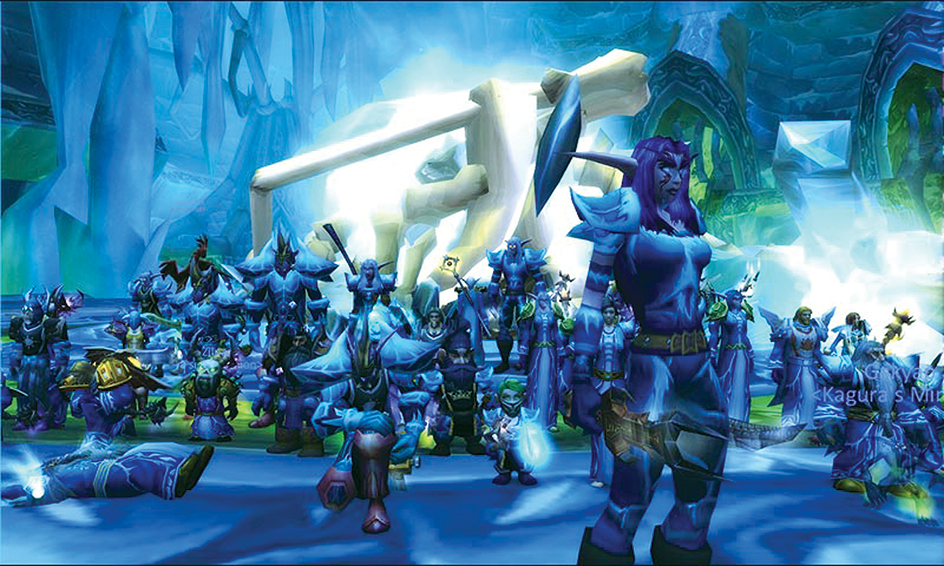Avatar, in computing and electronic games, is a computerized, graphic (visual) representation of a computer user. Avatars enable users to interact with virtual models in computer-simulated environments. Users can construct avatars to look like people, animals, objects, or other things. The word avatar comes from the ancient Indian language Sanskrit. In Hindu culture, an avatar is the bodily incarnation of a god. A number of modern works popularized the term’s use in the context of computing. These include the 1992 novel Snow Crash by Neal Stephenson and James Cameron’s 2009 film Avatar.

In electronic games, players typically take the role of a character—their avatar—in a virtual environment. Many games enable players to choose the avatars’ physical characteristics. These may include sex, body shape, and clothing. Some software programs enable users to create avatars based on photographs. Avatars may be two-dimensional pictures or three-dimensional models. Some avatars can “speak” using voice recordings or computerized sounds. Apart from games, people can use such software programs as Maya, Poser, and Avimator to create their own avatars.
Avatars are often thought of as an expression of a user’s identity. Depending on the sophistication of the avatar software program, people can create avatars that match their gender, race, or ethnic identity. Alternatively, people take on avatars completely different from their real-life identity.
See also Electronic game (Social gaming) ; Massively multi-player online role-playing game (MMORPG) .
